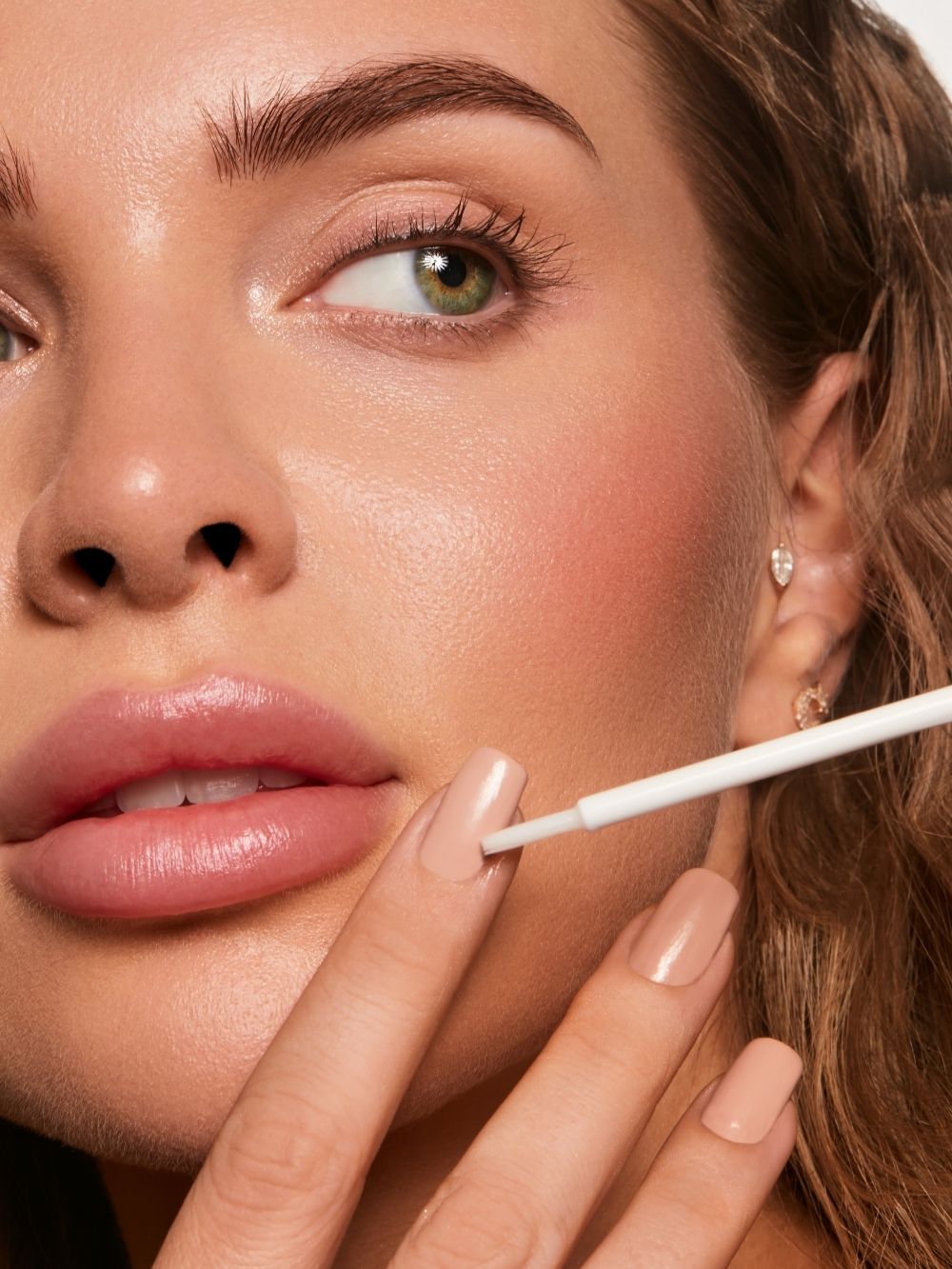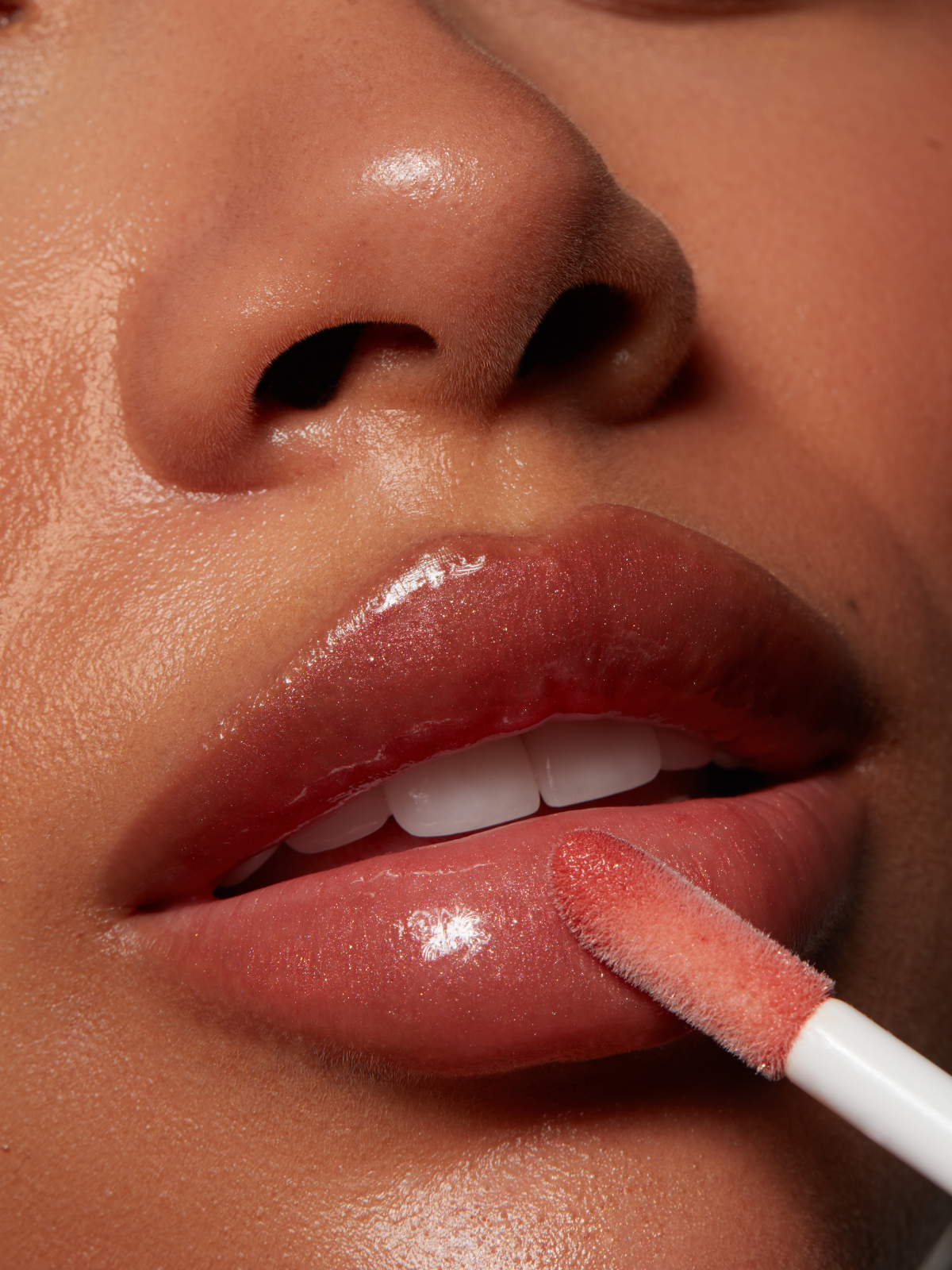How to put on false nails?
How to put on false nails?
Coralie Techer

Do you want a dream manicure that is sure to last? Or simply not to bother with the nail polish step at home? Then false nails are made for you! We explain all the ways to adopt them, at home or in a salon.
Before you embark on the great adventure of applying false nails, you need to understand what they are exactly in order to avoid any faux pas. False nails, or artificial nails, are extensions that are placed on natural nails to add length and beauty to the nails. They can be made of different materials such as gel, acrylic, resin, silk or fiberglass. False nails are often used in the beauty industry to create long, uniform and aesthetically appealing nails for people who have fragile natural nails, which break easily, or who have nails that are too short for their liking.
Fake nails can be applied by a professional or at home using a manicure kit. However, it is important to note that excessive use of fake nails can damage natural nails and cause fungal infections.
How to harden your nails to protect them? We tell you everything in our beauty guide.
The different types of false nails in the Institute

There are several types of false nails, each with its advantages and disadvantages. The main types of false nails are the following, applied in a salon by a nail technician:
Gel false nails
These nails are made of a gel that is applied to natural nails and cured under UV light. They are very flexible and have a natural effect that allows you to reproduce the look of classic nails.
Acrylic false nails
Acrylic nails are made from a powder and liquid that are mixed together to form a paste-like substance that is applied to natural nails and air-cured. Acrylic nails are strong and durable, but can have a thicker, less natural appearance than gel nails. They can be painted as desired and shaped into any nail shape you desire.
Resin false nails
Resin nails are made from a resin that is applied to natural nails and cured under UV light. They are quite durable, but can be thicker and heavier than gel nails. Like acrylic nails, they are dressed with a choice of polish and filed into the appropriate shape desired. These are perhaps the ones that allow for more creativity.
Silk or fiberglass false nails
These types of glueless false nails are applied by gluing strips of silk or fiberglass to natural nails using a special adhesive. They are thinner and lighter than other types of false nails, but may require frequent touch-ups because they are less durable.
It is important to note that these types of false nails can seriously damage natural nails if they are applied incorrectly or removed incorrectly. If you have them applied at a salon, then go back there to have them removed.
Adhesive false nails, a good alternative
Adhesive false nails are those that stick on to real nails, they are also called press-on nails. Usually made from plastic or resin, they have a predefined shape to fit the shape of the natural nail. Unlike other types of false nails, adhesive false nails do not require curing under a UV lamp or applying powder and liquid! Adhesive false nails are pre-glued with a special glue that allows them to be placed directly on the natural nail. Some brands may provide small double-sided stickers or specific glues to help keep the false nails in place for several days. Adhesive false nails are available in a variety of colors, patterns and designs to suit all tastes. One of the main advantages of adhesive false nails is that they are easy and quick to apply and remove and do not require any special skills. However, they are not as durable as other types of false nails and can come off more easily.
The Pros and Cons of Adhesive Fake Nails
The advantages:
No Drying Time: Unlike gel or acrylic nails, stick-on nails don’t require any drying time. Once you’ve applied them, you can immediately resume your normal activities.
Reversibility: Adhesive false nails are temporary and can be removed relatively easily without damaging your natural nails.
Variety of Styles and Shapes: There are a wide variety of colors, patterns and shapes of adhesive false nails, allowing you to customize your look according to your preferences.
Affordable Cost: Generally, adhesive false nails are more affordable than other nail extension methods, and you can easily replace them if needed.
The Disadvantages:
Limited durability: Adhesive false nails tend to be less durable than gel or acrylic nails. They can come off more easily, especially if you do manual work or frequently get your hands wet.Reapplication Required: You will likely need to reapply some adhesive false nails frequently, as they tend to peel off over time.
Varying Adhesive Quality: Adhesive quality can vary from brand to brand. Some adhesives may be less effective, which can lead to holding issues.
Requires Proper Preparation: In order for false nails to adhere properly, it is important to properly prepare your natural nails by cleaning, lightly filing them, and removing any traces of previous polish.
Potential for damage to natural nails: Failure to properly remove adhesive false nails can damage your natural nails by weakening or breaking them.
Incompatibility with certain activities: If you need to use your hands frequently for demanding activities, adhesive false nails might not be the best option, as they tend to come off more easily.

How to apply adhesive false nails yourself?
If you choose the adhesive false nail option, then you can do it without any worries at home. However, you must follow the right steps to avoid the risk of damaging your natural nails.
- Prepare your natural nails by removing any nail polish and thoroughly cleaning your nails with a cotton pad soaked in nail polish remover and a nail brush to remove any traces of dirt. Finish with a touch of nail strengthening serum which will help nourish the surface and prepare it for the application of artificial nails.
- Select the type of artificial nail that best matches your natural nails. Fake nails should be the same size as your real nails and have a shape that fits your nails.
- Before sticking the false nails, you can try them on your nails to see if they fit well. If necessary, you can adjust the size or shape by using scissors or a nail file.
- Apply adhesive nail glue to the false nails or your natural nails, according to the product instructions. It is important not to apply too much glue to avoid bleed-through and warping. If you are using false nails with pre-applied adhesive, simply remove the protective film before sticking them to your natural nails.
- Align the flat edge of the adhesive false nails with the edge of your natural nails and press each false nail firmly, holding in place for about 10-15 seconds.
- File the tips of your artificial nails to the desired shape and length. Be sure to file carefully to avoid damaging your fake or natural nails and give you a perfect manicure.
How to remove fake nails ? To remove your fake nails, soak your fingers in warm water for about 10 to 15 minutes to soften the adhesive. Then, gently slide them off to the side. If necessary, use nail polish remover to remove any remaining adhesive.

















